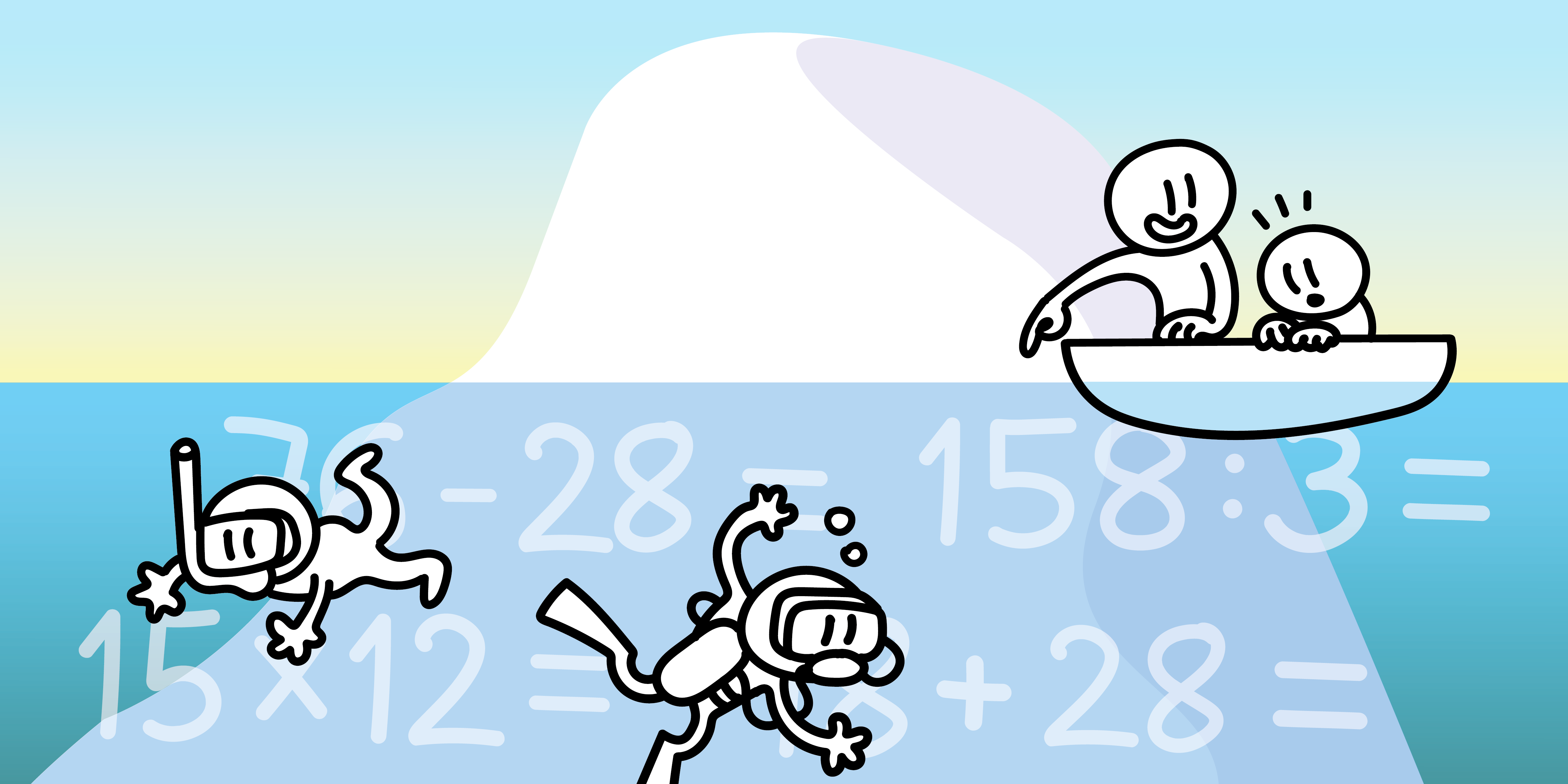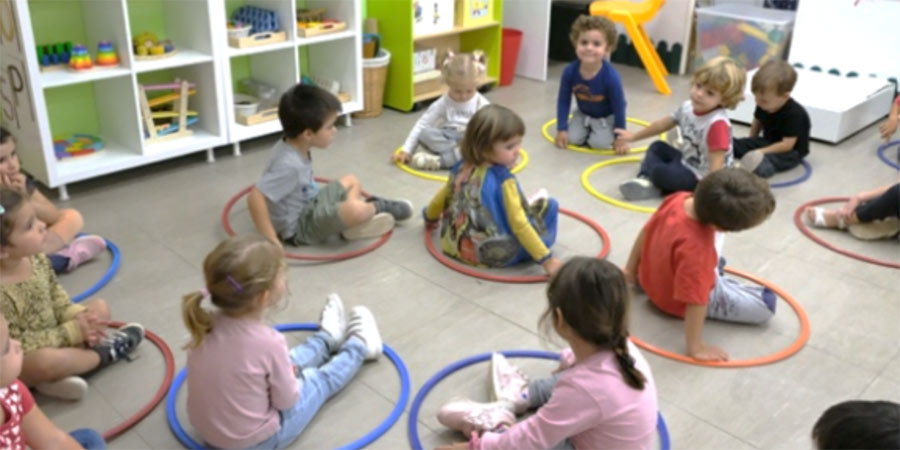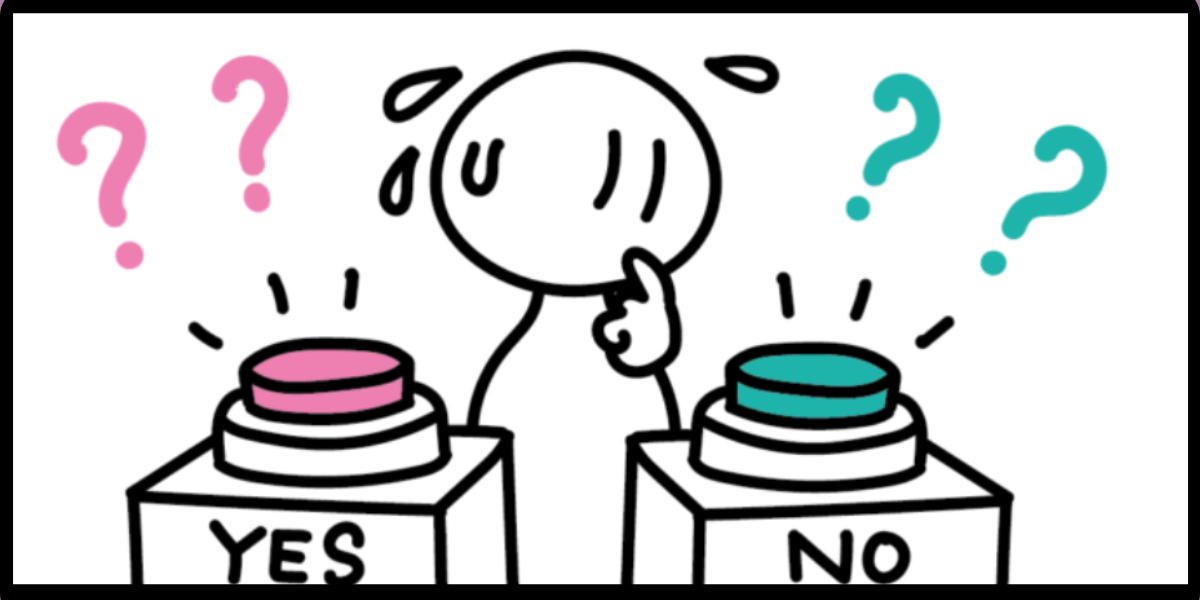Think of the traditional math classroom. The one you most likely “enjoyed” as students. Most of you will think of eternal worksheets and mantras memorized without knowing why. If you memorized the entire German dictionary, without knowing the meaning of any word, could you say you speak German? Clearly not. Repeating until memorized is no guarantee of learning. Just ask your friends or relatives if they remember how to do a division with decimals by hand. After so many hours practicing at school, what is left? With this background it is understandable that the social image of mathematics is that of an obtuse, categorical, feared and, at worst, boring science.
Fortunately, in recent years there has been a trend towards a more competency-based way of doing things, which not only focuses on content but also allows us to interpret it. We do not want encyclopedic children who repeat and accumulate knowledge without understanding it; we want to pose rich questions that encourage research and conversation among peers, we want students able to use the content to solve problems and reason critically. Only then can we say that they are learning mathematics.
But then, within this paradigm, is it never necessary to practice? It is not that either: we have to seek balance. After discovering the concepts, after having built them with manipulative material and having understood them, moments need to be found to practice the procedures and develop mathematical fluency until they become automatic. In other words: it is all right to do addition and subtraction, but only when we have understood what they are. Memorization must be a consequence of comprehension.
What does it mean to practice in the mathematics classroom?
In didactics we distinguish two types of practice: productive and reproductive. Both have advantages that make them more or less suitable, depending on our objectives. Therefore, it is important to know the most important characteristics of each one. Let’s go!
Productive practice is that which, starting from an open-ended question, presents students with a context and a goal that requires practice to “produce” an answer. For example: using natural numbers between 1 and 60, without repeating any of them, we form a chain of 10 numbers, so that each one is a multiple or divisor of the adjacent numbers. In this case, with the objective of “producing” chains, the student practices the calculation of multiples and divisors. The advantage of setting up productive practice sessions like this is that they are self-adapting: if the student masters the procedure to be practiced, a few iterations will be enough to produce an answer and new questions can be asked; if they have difficulties, on the other hand, the very nature of the task will force them to practice more, which is precisely what they need.
Reproductive practice, the most conventional, consists of reproducing a procedure several times, without any specific objective beyond simple repetition. Traditionally, this type of practice was approached by means of worksheets. From a concise formulation (for example, “solve”) a series of sections are grouped together. Those of us who have been in a classroom as teachers know that, if the student understands the procedure, after a few paragraphs he will tire of it; and, if he does not understand it, understanding is unlikely to arise from simple repetition. In any case, we transmit an image of mathematics to students that makes it repetitive, feared and, in the worst case, boring.
Today, however, thanks to digital platforms, we have an alternative to the traditional worksheet. In our proposals for kindergarten and elementary school, we set this digital practice through the Innovamat app. In secondary school, on the other hand, we approach it through the Classroom Manager. This allows us to replace worksheets with an environment that puts technology at the service of teachers and students.
What advantages does technology offer us?

The role of technology as a vehicle for bringing practice into the classroom goes beyond a change in format: it is not simply a matter of disguising lists of repetitive sections to make them more digestible on the screen. At Innovamat, we understand technology as a much richer opportunity.
First, digital practice allows us to control the time variable. That is, we can limit the response time, or measure the time a student spends on a certain section and act accordingly.
Secondly, it allows us to personalize learning: the platform offers an itinerary where the progression of the sections responds to what the student does, with corrections in real time, which limits repetition to the indispensable minimum. In addition, if the student makes a mistake, the digital practice offers very well-thought-out aids from a learning point of view, which are difficult to manage with the whole group when faced with a conventional worksheet.
Thirdly, the possibilities in the dynamic environment offered by digital practice make it possible to practice content that is difficult to present on paper. 3D visualization, angle estimation and integer positioning on the number line are just three examples of content that are particularly beneficial.
Fourth, the teacher is spared the correction and has reports on each of the students. Cecilia Calvo, one of our teaching and learning mentors, is using the digital practice with her students this year and explains that “Although the reports are not enough to assess competencies, they offer me a faithful vision of which contents and procedures the students master the most, or where they have more difficulties. All of this helps me to better plan the following sessions and to think about how to introduce new content. Moreover, I have been able to verify that these reports are consistent with my observations and also with what I later corroborate when I do some written testing in the classroom.”
Finally, we cannot underestimate the fact that digital practice involves working in an environment that is more attractive to the learner and not on a worksheet. In fact, we have observed that the vast majority of students who use them every week are more motivated and eager to practice. “Students don’t forgive me for skipping digital practice,” adds Cecilia. “With the same old worksheets as ever, I wasn’t as successful.”






